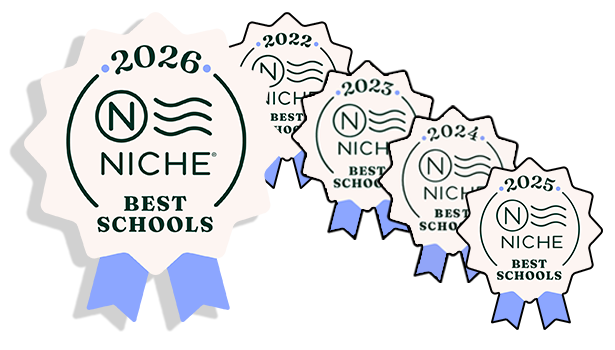ILA Blog

The Emotional Benefits of Online Learning for Students with Anxiety
For many students, the traditional school environment can feel overwhelming. The constant social pressures, sensory stimulation, and rigid schedules create a perfect storm of anxiety triggers that make learning nearly impossible. Online learning has emerged as a powerful tool for supporting students with anxiety, offering a flexible, personalized approach that addresses the unique emotional needs of anxious learners.

How to Create an Effective Learning Space at Home for Online Students
Creating a dedicated learning environment at home is crucial for online students to thrive academically. The right learning space can significantly impact a student's focus, engagement, and overall success in virtual education. This guide will help you create an effective learning space that promotes productivity and academic achievement.

10 Signs Your Child Will Thrive in an Online Learning Environment
The educational landscape has evolved dramatically in recent years, with online learning becoming a preferred choice for many families seeking alternatives to traditional brick-and-mortar schools. At Ignite Learning Academy, we've seen students from diverse backgrounds flourish in our virtual classrooms, but we also understand that online education isn't a one-size-fits-all solution. So how do you know if your child is well-suited for an online learning environment? Here are ten telltale signs that suggest your child might thrive in a digital classroom setting.

Why Families Choose Online Private School
The shift to online private education represents a significant change in how we approach learning, moving away from the one-size-fits-all model toward personalized education that adapts to individual students. At Ignite Learning Academy, we've seen firsthand how online private schooling is transforming educational experiences for families across the country and abroad.

How to Prepare for a Successful Online School Year
As the traditional summer break winds down, families enrolled in virtual learning academies and online private schools across the country are beginning to prepare for the upcoming academic year. Starting a new school year in a virtual environment requires thoughtful planning and preparation—different from the typical back-to-school shopping and classroom orientations of brick-and-mortar schools.
Whether you're new to online education or returning for another year of virtual learning, setting up for success begins well before the first day of classes. This guide will walk you through the essential steps to prepare for a productive and engaging online school year.

What to Look for in an Online School
The landscape of education has transformed dramatically in recent years, with online learning moving from an alternative option to a mainstream choice for many families. The pandemic accelerated this shift, but even as traditional schools have reopened, many students and parents have discovered the benefits of virtual education. Not all online schools are created equal, however. Choosing the best online private school for your child requires careful consideration of several critical factors.

Does Online School Work for Neurodivergent Students?
For many neurodivergent students, traditional classroom settings can present significant challenges that impact both their academic success and emotional well-being. The rigid structures, sensory overload, and social pressures often found in conventional schools may not align with the unique learning styles and needs of students with autism, ADHD, dyslexia, and other neurodivergent profiles. As families search for educational alternatives, online schooling has emerged as a potentially transformative option.

How to Prevent Summer Slide: Expert Tips for Continuous Learning
Preventing the “summer slide”—that dip in skills and knowledge students often experience during break—requires both intentional planning and high‑quality learning opportunities. At Ignite Learning Academy, we believe every child deserves continuous intellectual growth, whether they’re catching up, keeping pace, or getting ahead. Below, we share expert-backed strategies and showcase how our K–12 online summer programs can help you keep your child’s academic progress on track all summer long.

 >
> 